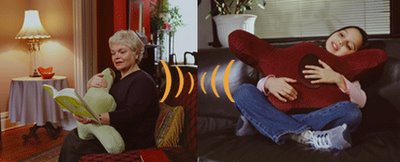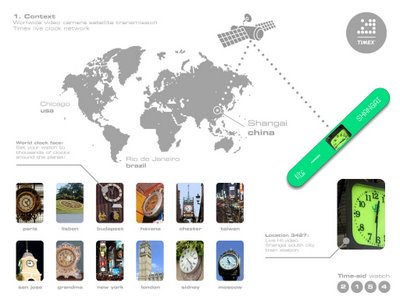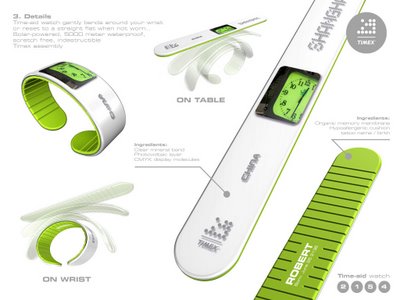If you’re new here, you may want to subscribe to my RSS feed to receive the latest Architectradure’s articles in your reader or via email. Thanks for visiting!
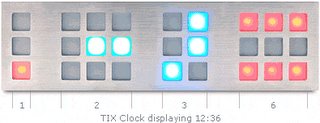
I have found various designed clock such as the ‘designer time machine‘ with its own time-telling technique.The most intriguing one to me so far is the silent alarm clock by Rachel Wingfield and Mathias Gmachl. Currently researching on haptics for sensory therapy, I find this bedding a poetic and transparent manner to support patients with SAD.

Light Sleeper is an illuminating, personalised alarm integrated into bedding that gently wakes in the most natural way. Ever since the beginning of time light has controlled our body clock telling us when to sleep and when to wake. As lifestyles are rapidly changing with increased travel and demands on our time, people’s natural body clocks are out of sync (…) The bedding aims to treat sufferers of seasonal affective disorder (SAD) where insufficient levels of daylight cause medical conditions caused by a hormonal imbalance ranging from depression to loss of energy, pre-menstrual syndrome, weight gain and migraines. It is recognised by most scientists that SAD and other sleep/ mood disorders are linked to a shift in the suprachaismatic nucleus or circadian rhythm and often referred to as the ‘body clock’
The following is a quote about the research on relationship between light and the body internal clock.
Research shows that the body’s internal clock only responds to bright light at certain times of day. This peak time in normal people occurs when the circadian rhythm is in R.E.M sleep, which is approximately 1 to 2 hours before waking. This promotes the use of Light Sleeper Bedding and proves it to be one of the most effective products for treating SAD and improving well being as it synchronises our body clock each morning
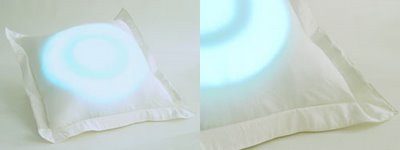
In sensory design

